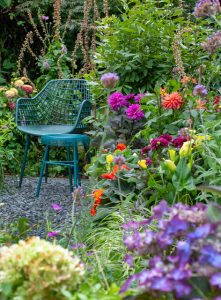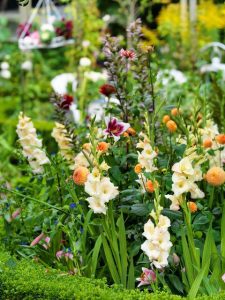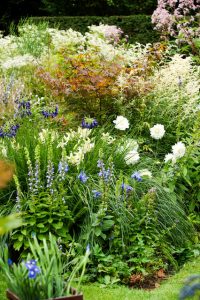Autumn is a great time of year to enjoy nature. Did you know that in addition to adding colour and beauty to your garden during this period, flower bulbs also contribute to more biodiversity and a better climate?
Make the world a prettier place
Flower bulbs are a great way to boost biodiversity in your garden. The flowers will attract different types of insects, such as bees, butterflies and other pollinators. These insects are essential for the health of our ecosystem. Bees, for example, help to pollinate many plants, leading to the production of fruit and seeds. Without these pollinators, many plants would not be able to survive.
A flower bulb boost
Plant flower bulbs to contribute to a richer and healthier ecosystem in your own backyard. In addition to being good for biodiversity, this will also make your garden more vibrant and attractive. More diversity in plants and animals makes the ecosystem stronger and more resilient to diseases and climate change.
Water and soil
Flower bulbs also help when it comes to water management and soil health. Plant roots retain water in the soil, thus preventing erosion and improving water balance. This is particularly important during the dry summer months. A healthy soil with lots of plant roots will hold more water, which helps prevent flooding. What’s more, plants add organic matter to the soil as they die and decay. This improves soil structure and fertility, which in turn helps other plants grow!
Join in, for a greener future
Planting flower bulbs is a simple and effective way to contribute to improving biodiversity and the climate. It doesn’t matter whether you have a small garden, a balcony or a large plot of land: every flower bulb counts. So, what are you waiting for? Go buy some flower bulbs, get your hands in the soil and enjoy the beautiful flowers that will not only brighten up your garden, but also help our planet.
Tips for increasing biodiversity
- Choose an open flower shape: pollinators are particularly attracted to flowers with an open heart or whose pollen and nectar can be easily reached.
- Plant your bulbs in groups: plant flower bulbs in groups for a prettier visual effect and to attract pollinators more easily.
- Mix different varieties: combine a variety of bulbs to ensure constant flowering throughout the summer. Doing so will ensure that your garden continues to be a source of nectar and pollen all summer long.




